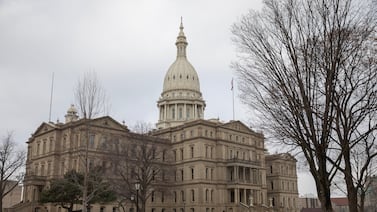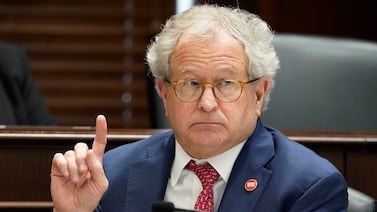With most Illinois students back in classrooms this fall but children age 11 and under still waiting for vaccines, schools across the state are grappling with yet another new COVID-19 reality: quarantined classrooms.
In Chicago Public Schools, nearly 5,500 students and staff have been identified as close contacts of a confirmed COVID case since the start of school, which would make them candidates for quarantine, according to data made public by the school district on Wednesday.
The state does not publicly post the number of students in quarantine, but in the past 30 days, it has logged school exposures at 1,478 campuses across the state and outbreaks of two or more campus-related cases at 128 schools.
State guidelines say that districts can quarantine certain students, classrooms, or even entire schools in consultation with health officials. The Centers for Disease Control and Prevention guidelines encourage schools to quarantine only COVID-19 positive students and staff, unvaccinated individuals, and those with symptoms.
We want to know what quarantine looks like for educators and students across the state. Please contribute to our reporting by answering the questions below. Having trouble viewing the form on mobile? Go here.






